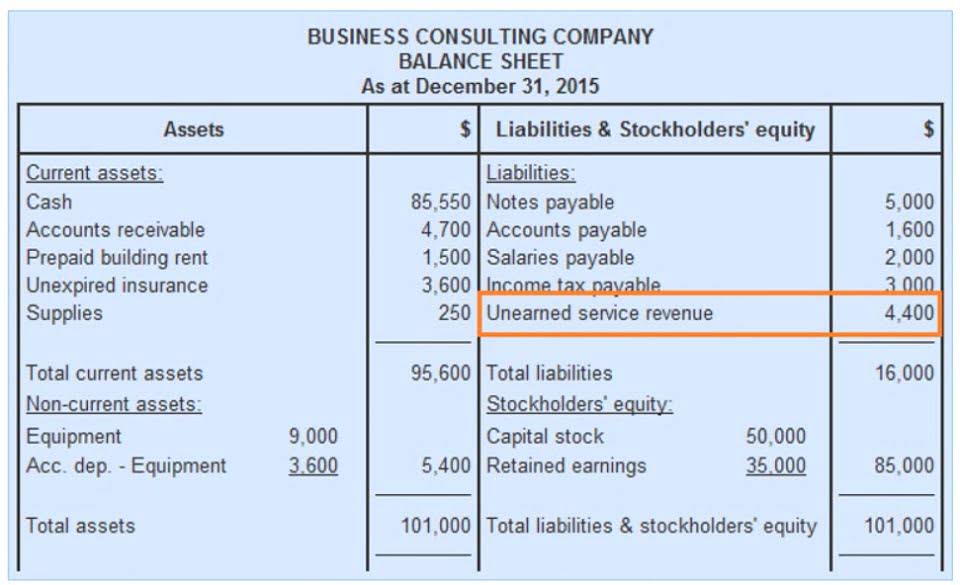
They offer a common language for accountants of all backgrounds to communicate and collaborate effectively. This is where T accounts come in as a bridge between the raw data and meaningful insights. By plugging real-time figures into your T accounts, you can see how your financial position constantly evolves, allowing for more proactive decision-making. For example, stakeholders may demand financial reports in different currencies, formats, or aggregation https://www.bookstime.com/articles/what-are-t-accounts levels to facilitate decision-making and analysis.
What is the CPF Investment Scheme (CPFIS)?
Account balances are always calculated at the bottom of each T-account. The total difference between the debit and credit columns will be displayed on the bottom of the corresponding side. In other words, an account with a credit balance will have a total on the bottom of the right side of the account. A ledger is a complete Legal E-Billing record of all financial transactions for a company, organized by account. It includes a list of all T-accounts and their balances, providing a comprehensive view of a company’s financial position.
- The left column is always the debit column while the right column is always the credit column.
- Once journal entries are made, they are automatically posted into respective ledger accounts.
- Whether you are an accountant or a decision-maker the language of business finance is rooted in accounting.
- The articles and research support materials available on this site are educational and are not intended to be investment or tax advice.
- Yes, T accounts can help detect fraud or errors in accounting records by providing a detailed trail of transactions.
Using CPF Investment Administrators to consolidate your investment

This helps them visualize the performance of their investments and make informed decisions about buying, selling, or holding. For accounting and finance students, T-accounts are like training wheels on their financial literacy journey. They act as a bridge between theoretical accounting concepts and practical applications. Accrual accounting, a fundamental principle in financial reporting, recognizes revenue and expenses when incurred, regardless of cash flow timing. T-accounts, primarily designed for cash-based transactions, may not adequately accommodate accrual accounting principles.

How do T accounts help in preparing financial statements?
- Whether you need to file usually depends mostly on your income, filing status and age.
- This team of experts helps Finance Strategists maintain the highest level of accuracy and professionalism possible.
Social Security or Medicare tax on tips you didn’t report to your employer, or on wages you received from an employer who didn’t withhold these taxes.
- The account title is usually written above the “T,” and transactions are recorded on the left and right sides of the vertical line.
- Most companies have computerized accounting systems that update ledger accounts as soon as the journal entries are input into the accounting software.
- Whatever your role is in the business, it’s worth grasping the basics of this language.
Using T-accounts to record such transactions may obscure the timing and matching of revenue and expenses, leading to inaccurate financial statements. Now, this T becomes your battleground for recording financial transactions. Think of it like a seesaw – debits go down (they increase the account balance), and credits go up (they decrease it). This is the income your business earns from selling goods or services. It might seem strange that debits decrease revenue, but this retained earnings balance sheet follows the seesaw principle.


This will give the management (Bob in this case) a holistic view of what is happening in his accounts and if there is anything out of the ordinary occurring. When learning the accounting process, from debits and credits to double-entry, it’s easy to get lost in the process and miss the big picture. A T-Account is an accounting tool used to track debits and credits for a single account. It is typically represented as two columns with the accounts that have been affected listed on either side, usually labeled Debit (left) and Credit (right). Ledger accounts use the T-account format to display the balances in each account. Each journal entry is transferred from the general journal to the corresponding T-account.
- Once you master these steps, T-accounts become a powerful tool for visualizing and understanding your business transactions.
- But you might also have a budgeting spreadsheet (like a T-account) that details every single expense and income you have.
- I believe that portfolio asset allocation is more important than stock picking or a buy-and-hold strategy.
- They’re a timeless tool that can simplify even the most complex financial situations.
- In this image, you can see a T-account which shows my bank account for the first week of March.
Next Step
- Now, the left side of the T is for debits, and the right side is for credits.
- It exists to ensure that the total debits equal the total credits, indicating that all transactions have been recorded accurately.
- T accounts provide a clear and concise way to track the flow of financial transactions for individual accounts.
- A bookkeeper can quickly spot an error if there is one and immediately fix it with the help of this visualization.
- I will use my coffee shop to represent a business throughout these examples.






